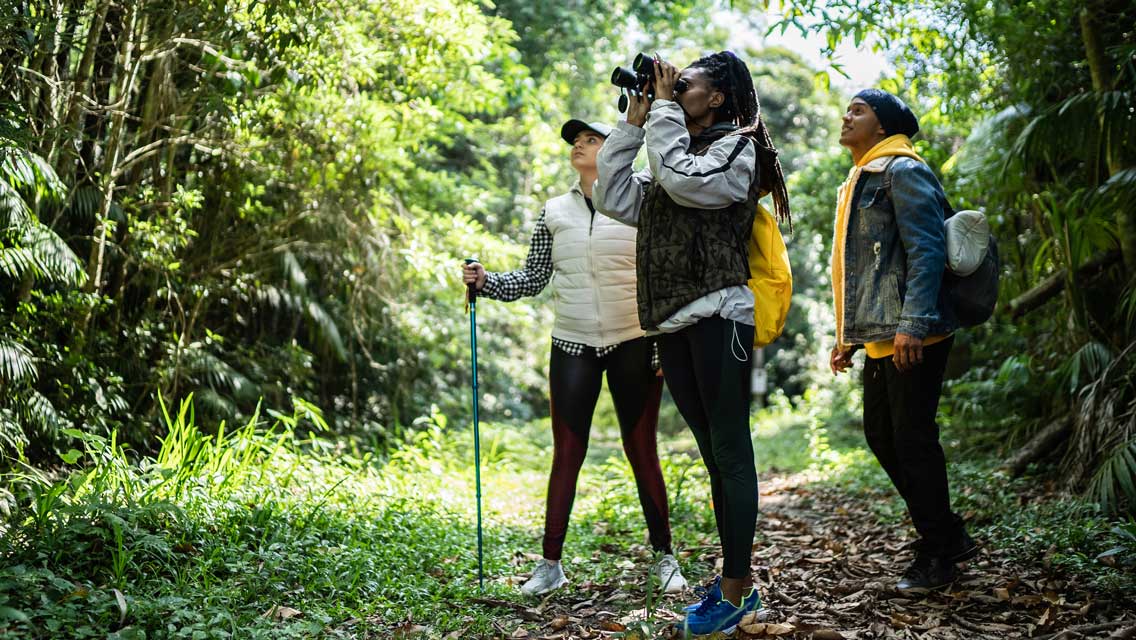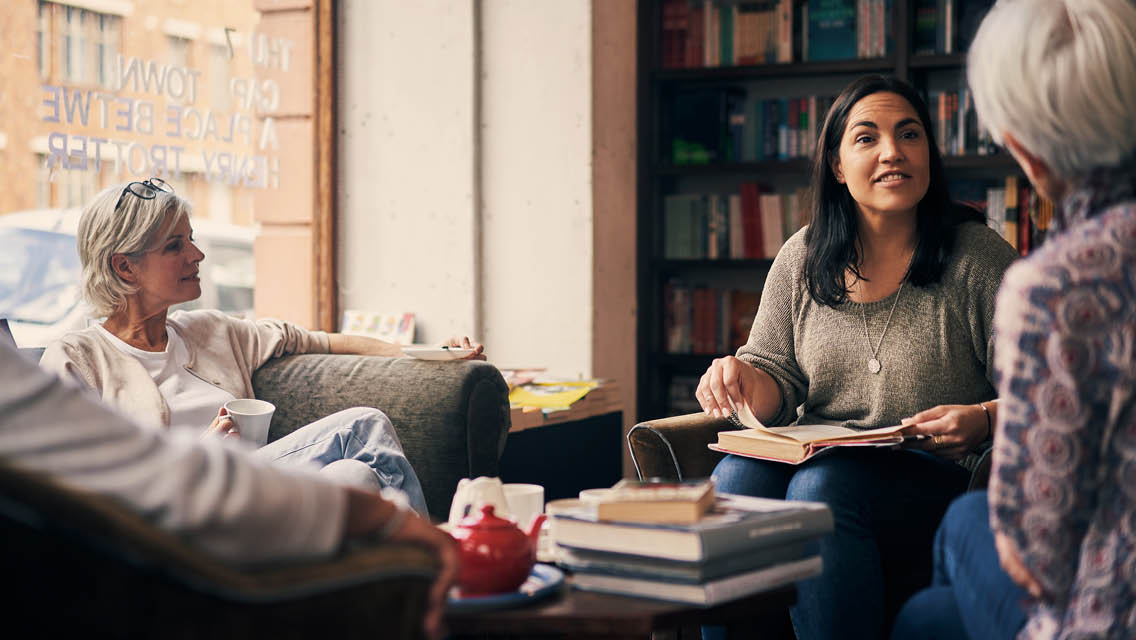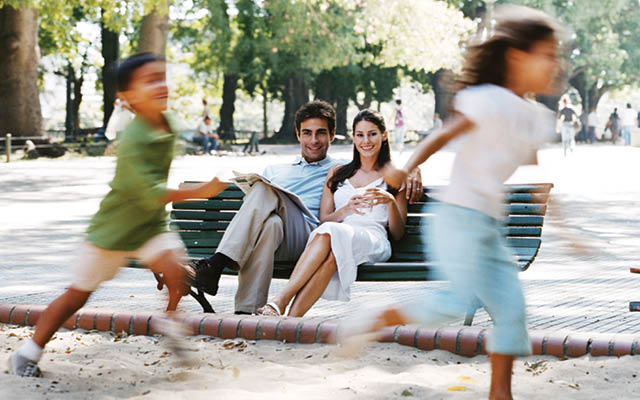Too busy to get involved with the PTA, the Rotary Club or your local gardeners’ group? Consider this: If you’re not a member of a single social, civic, religious or fraternal organization, and you join one, your chance of dying in the next 12 months drops by half, according to Lewis M. Feldstein, MA, coauthor of Better Together: Restoring the American Community.
“If you join another organization that year,” Feldstein says, “your chances of dying drop another 25 percent.” In other words, engaging with others is as vital to your health as eating well, exercising regularly and quitting smoking.
Protective Effects
Experts have dubbed the health benefits of close community ties “The Roseto Effect,” based on a landmark study that tracked a group of Italian immigrants who settled in Roseto, Penn. People who lived in Roseto were noticeably healthier and lived longer than their peers in neighboring Bangor, despite sharing such risk factors as fatty diets, an addiction to cigarettes and minimal exercise routines. What was their secret?
Residents of Roseto lived in a tight-knit, noncompetitive community consisting of three-generation households in which everyone attended the same church services and social clubs (and even followed the same weekly dinner plans).
The health benefits weren’t genetic. As subsequent generations left Roseto and assimilated into mainstream culture, their health advantages vanished.
Duplicating the Roseto experience wouldn’t be possible (or even necessarily desirable) today. But capturing that spirit of community is an essential element of the healthy, fulfilling and simple life.
Unfortunately, society seems to be moving further away from community engagement. In Bowling Alone: The Collapse and Revival of American Community, Harvard professor Robert D. Putnam, PhD, writes that, since the late 1960s, Americans have gradually abandoned organized groups and societies in favor of more cloistered lives. While “younger Americans seemed to have turned a corner after 9/11, in terms of group membership we see no major change in the earlier trends,” says Putnam. “Web 2.0 [Web-based community] is important, but we see no net gravitation back toward group activities.”
A Bounty of Benefits
It’s worth our while to fight this trend, however, because community engagement doesn’t just improve our physical health. When we build connections with others, we reap social, emotional and psychological rewards.
Indeed, when brain function is studied by advanced imaging technology, the act of helping others activates the brain’s pleasure center, asserts David C. Korten, PhD, author of When Corporations Rule the World. We get a rush of good feelings when we’re connected with others.
Civic and social gatherings have practical benefits, too. You may hear about a restaurant worth trying, learn about an internship tailor-made for your niece or meet a dentist who can squeeze you in that very afternoon to fix your toothache.
The right type of event can also lift your mood. If your monthly community meeting has a guest speaker on the joys of gardening or there’s an upcoming neighborhood party, it can take your mind off your daily worries and get you thinking about those much more enjoyable pursuits.
Custom Connections
There’s no one-size-fits-all formula for identifying the right club, organization or society for you. So consider your interests and priorities.
What types of activities are you drawn to right now? Do you want to help affect changes in your neighborhood? Help homeless animals? See your close friends more often? Get outside more? Once you’ve narrowed your interests, you’ll have a better idea where to direct your energy.
Next, assess your time availability. If you have some room in your schedule, consider a bigger commitment: Join a civic group or the board of your neighborhood council; volunteer at a hospital, homeless shelter or the local library.
If your time is at a premium, start small. Invite a few friends over for a low-key dinner. Volunteer to staff the sales booth for the annual library book sale. Or tag along with friends to see if one of their community activities suits you.
Whatever club, organization or community activity you select, remember that the activity itself is important, but secondary. What really counts is time spent with others in a ritualized setting around a common goal or activity.
So jump in and give it a go. Before long, you will be reaping the rewards of community engagement and feeling a part of something bigger.
How to Join a Club
Getting more community in your life starts with determining what type of community experience feels most energizing and appealing to you right now. Here’s some advice for deciding what’s right for you:
- Evaluate your interests and dreams. If you love to build things, you may wish to join Habitat for Humanity. If you want to socialize while improving your public speaking skills, consider signing up for Toastmasters. Love animals but your apartment’s too small or your life’s too busy? Volunteer at an animal shelter.
- Identify your own unmet needs. If you feel confined inside by your desk job, join a hiking group or bird-watching club, or volunteer to take urban kids out on nature hikes. You’ll get to engage with others while enjoying the great outdoors.
- Never choose an activity because you think you should. The last thing you want to do with your free time is take on an added obligation out of duty rather than desire. If you couldn’t give two hoots about city government, don’t join the neighborhood board!
- If no club exists to meet your needs, start one. Cecile Andrews, coauthor of Less is More: Embracing Simplicity for a Healthy Planet, a Caring Economy and Lasting Happiness, organized a weekly neighborhood gathering in Seattle called the Think Tank. At the gatherings, neighbors discuss current events and ideas — and just hang out. Says Andrews, “The best thing you can do for yourself is spend time with others in warm, supportive conversation or activities.”
Wanda Urbanska is a sustainability activist and author of The Heart of Simple Living: 7 Paths to a Better Life. She is the host and producer of Simple Living, which airs nationally on public television.
This article has been updated and originally appeared as “Making a Group Effort” in the September 2010 issue of Experience Life.




This Post Has 0 Comments